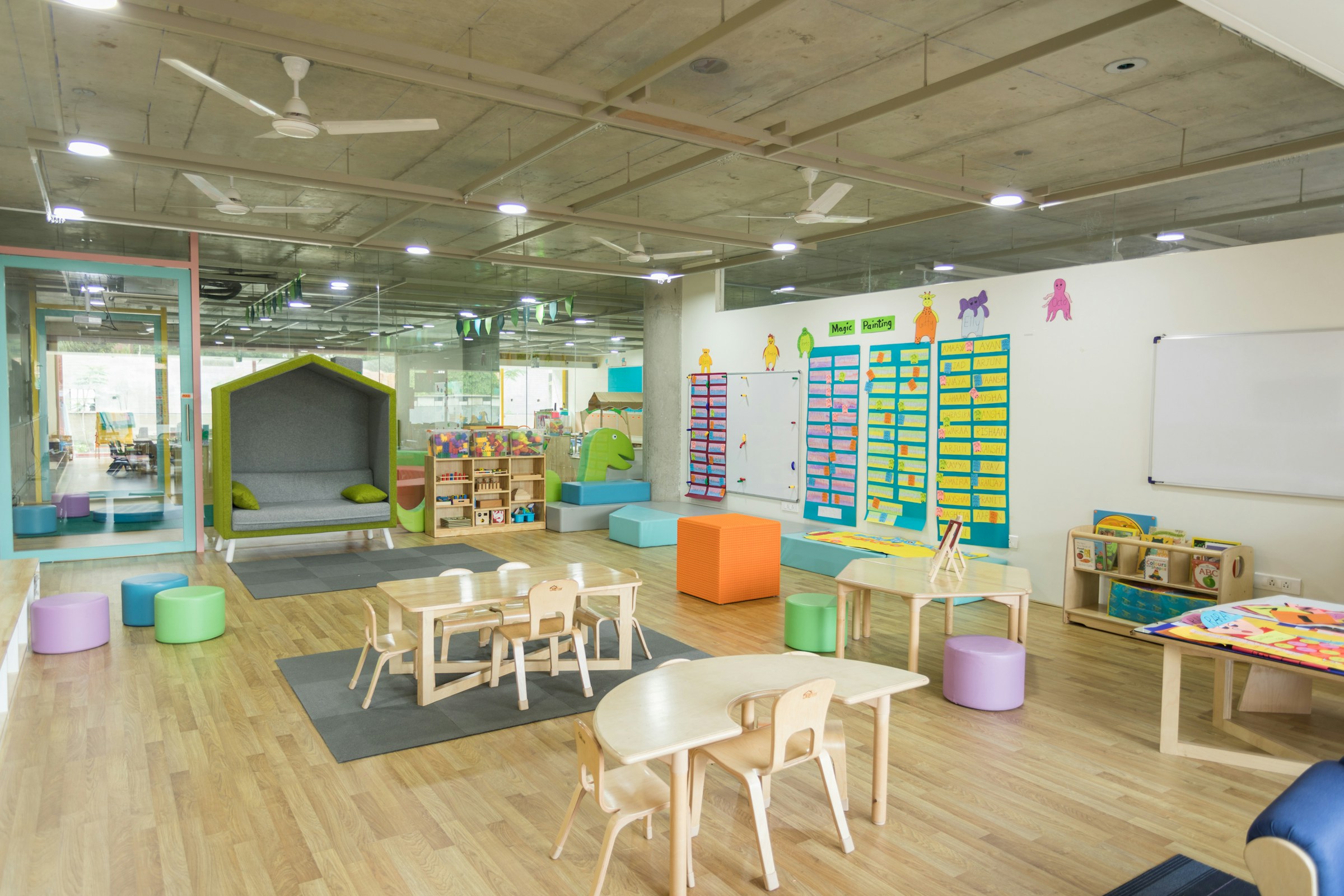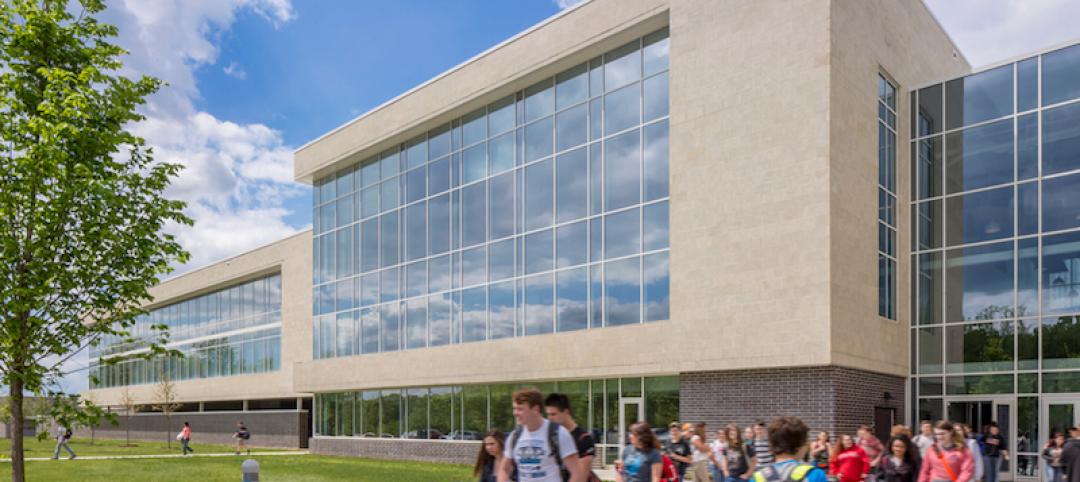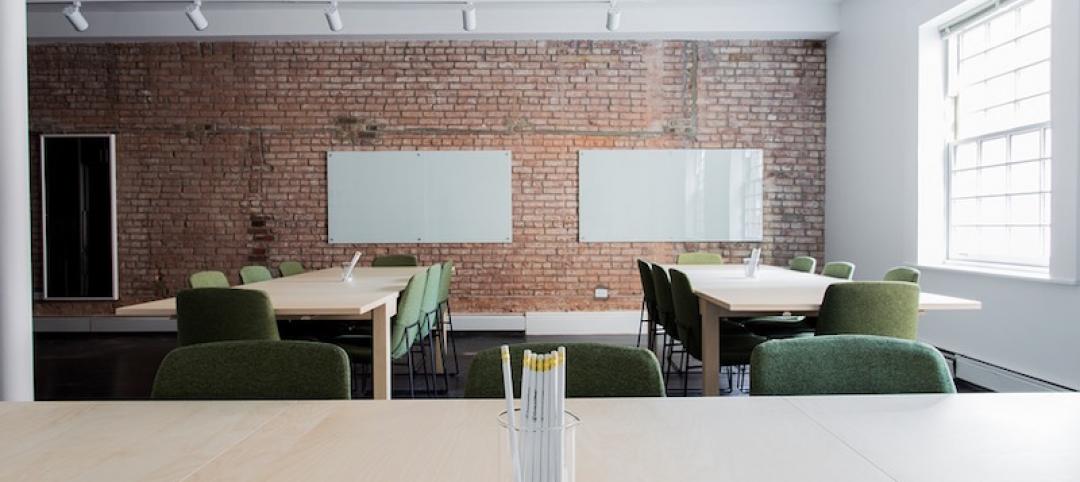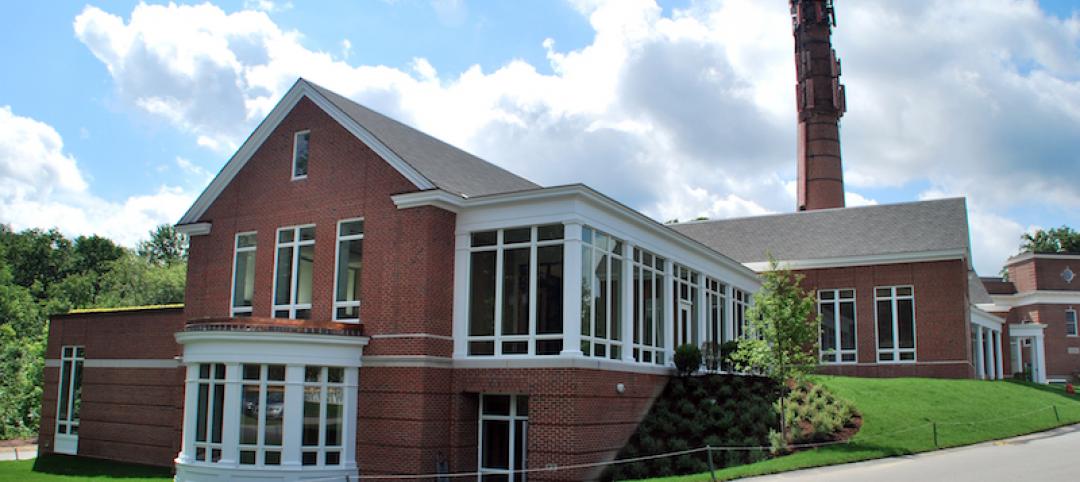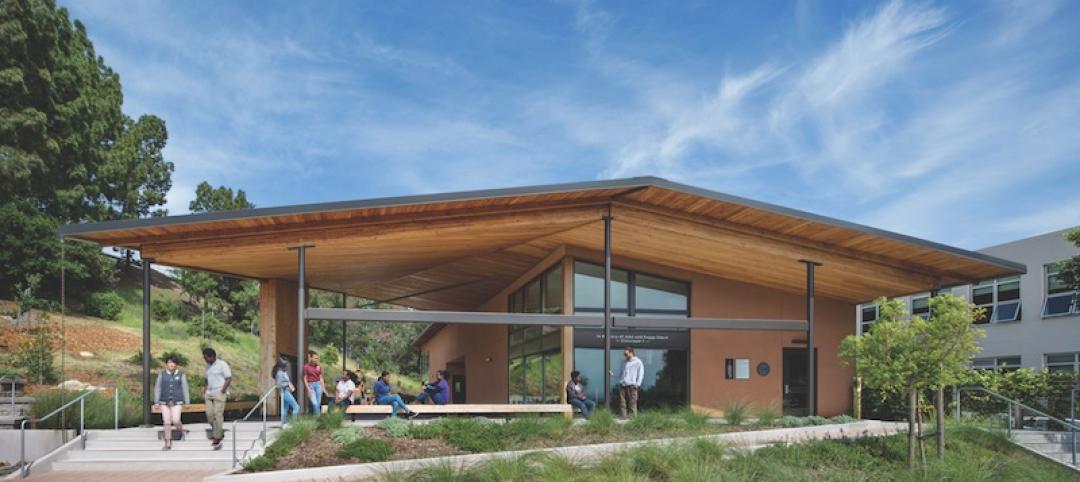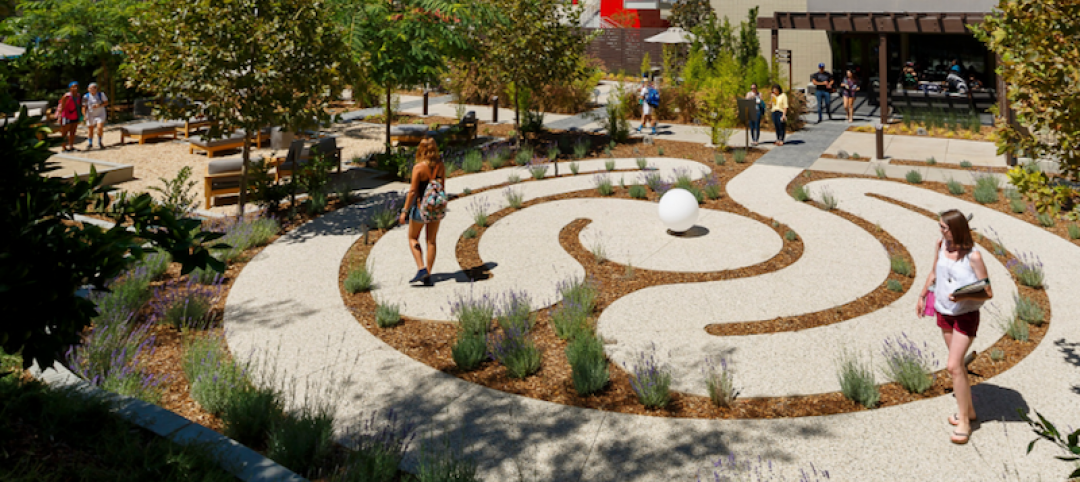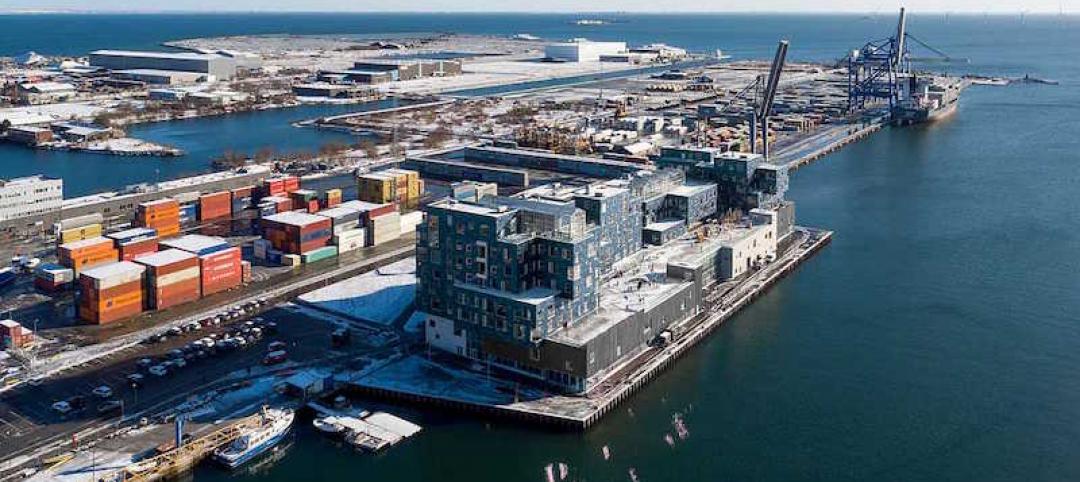More than 49 million students were enrolled in public elementary and secondary schools as of fall 2021, according to the Digest of Education Statistics. Coincidentally, that number (the “49” in 49 million) matches the average age of a main instructional school building in the U.S., according to the National Center for Education Statistics. More alarming, nearly four in 10 schools (38%) were built before 1970—and half of those have never had a major building renovation or addition.
Clearly, too many of the nation’s school districts are having to make it work with less-than-ideal educational facilities. But at what cost to student performance and staff satisfaction?
Newly released findings from a 28-school research study by Drexel University and Perkins Eastman reveal a strong correlation between the quality of school building environments and key educational indicators like test scores, graduation rates, enrollment, teacher retention—even community health and wellness.
The study, “Addressing a Multi-Billion Dollar Challenge” (140-page PDF download at BDCnetwork.com/2024-school-study), investigated the differences between modernized and non-modernized elementary, middle, and high schools—17 modernized, 11 non-modernized—throughout Washington, D.C., and Baltimore.
The primary finding: When measuring the educational adequacy of schools, modernized schools outperformed non-modernized schools by a wide margin, representing 13 of the top 15 performers, including the top 11 schools. The research team looked at factors such as instructional space, safety and security, environmental quality, extended learning, assembly, community, organization, and civic presence.
Drexel and Perkins Eastman hope the study will inform school districts on how best to invest limited CapEx funds. Some recommendations from the research:
Upgrades that enhance indoor environmental quality—air quality, lighting, acoustics, and thermal comfort—can positively impact students’ ability to focus and learn.
However, they warn that small incremental upgrades over time to items like HVAC systems can lead to potential detrimental impacts to the learning environments (e.g., unsightly conduit, blockage of windows).
These five areas offer the greatest opportunity for improvement: instructional space ambiance, exterior presence, safety and security, community assembly space, and main office location.
Overall, modernized schools better serve their community by being able to host initiatives like health clinics, food distribution programs, and public recreational facilities.
Download the full report at: BDCnetwork.com/2024-school-study.
Related Stories
Education Facilities | Oct 3, 2017
The growing demand for early childhood education
When the design of early learning centers is grounded in the science of developmental psychology and education, these educational environments can address multiple domains of development that positively stimulate young children's physical and cognitive growth.
K-12 Schools | Oct 2, 2017
A Houston office park gets a new life as a private day school
Shepley Bulfinch designed the 75,000-sf campus.
K-12 Schools | Sep 20, 2017
Activating innovation: Trends in K-12 education
School structures offer a unique opportunity as they can often double as community centers and serve as shelters in the event of an emergency or natural disaster.
Architects | Sep 19, 2017
What we talk about when we talk about placemaking
What does Good Growth mean and how do we set about achieving it?
K-12 Schools | Sep 12, 2017
Perkins Eastman publishes findings on high-performance schools
Metrics suggest correlation between key design strategies and occupant satisfaction and building performance.
Performing Arts Centers | Sep 11, 2017
19th century smokestack highlights a Massachusetts performing arts facility
CBT Architects and Windover Construction collaborated on the adaptive reuse project for Middlesex School.
K-12 Schools | Sep 8, 2017
The economic case for engaged classrooms in K-12 schools
Flexible, modern classrooms should be viewed as a key element of a sound financial strategy, producing a solid return-on-investment.
K-12 Schools | Aug 31, 2017
Environmental studies building highlights sustainability in every design element
The LEED Platinum and Zero Net Energy Verified building minimizes energy use via its site orientation.
K-12 Schools | Aug 18, 2017
How to create healthy learning environments with active design
Active design can be incorporated into any facility or campus with a few simple steps.
K-12 Schools | Aug 9, 2017
A school in Denmark is clad in 12,000 solar panels
C.F. Møller designed the building to create a connection between the school premises and the surrounding public urban space.


